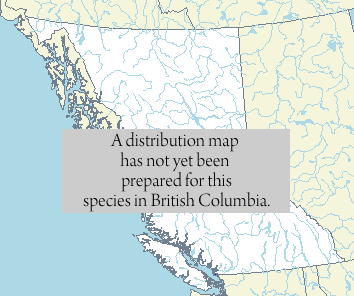Nicknamed the ‘puffing pig’ in eastern Canada, the harbour porpoise is British Columbia’s smallest cetacean. Living in the same waters as the well-known killer whale and the lively Dall’s porpoise, the harbour porpoise is often overlooked. It is quite likely that B.C. boaters pass near many harbour porpoises without even knowing they’re there. That’s because the harbour porpoise blends in very well with its marine environment. It is dark brown or gray in colour on its back, paler on its belly. Its body is chunky, with a small head, tiny flippers and a low, triangular dorsal fin. Its mouthline is short and straight, tilting slightly upwards. Like all porpoises, it does not have much of a snout, or beak. Fully grown, harbour porpoises are about 1.8 metres long and weigh about 90 kilograms.
Phocoena phocoena Linnaeus, 1758
Harbour Porpoise
Family: Phocoenidae
Harbour Porpoise
Family: Phocoenidae
Species account author: Valerie Shore
Extracted from Whales, Dolphins and Porpoises of British Columbia, Department of Fisheries and Oceans.
Extracted from Whales, Dolphins and Porpoises of British Columbia, Department of Fisheries and Oceans.
Map

Introduction
|
Species Information
Biology
|
Distribution
|
Conservation
|
Status Information
BC Ministry of Environment: BC Species and Ecosystems Explorer--the authoritative source for conservation information in British Columbia. |